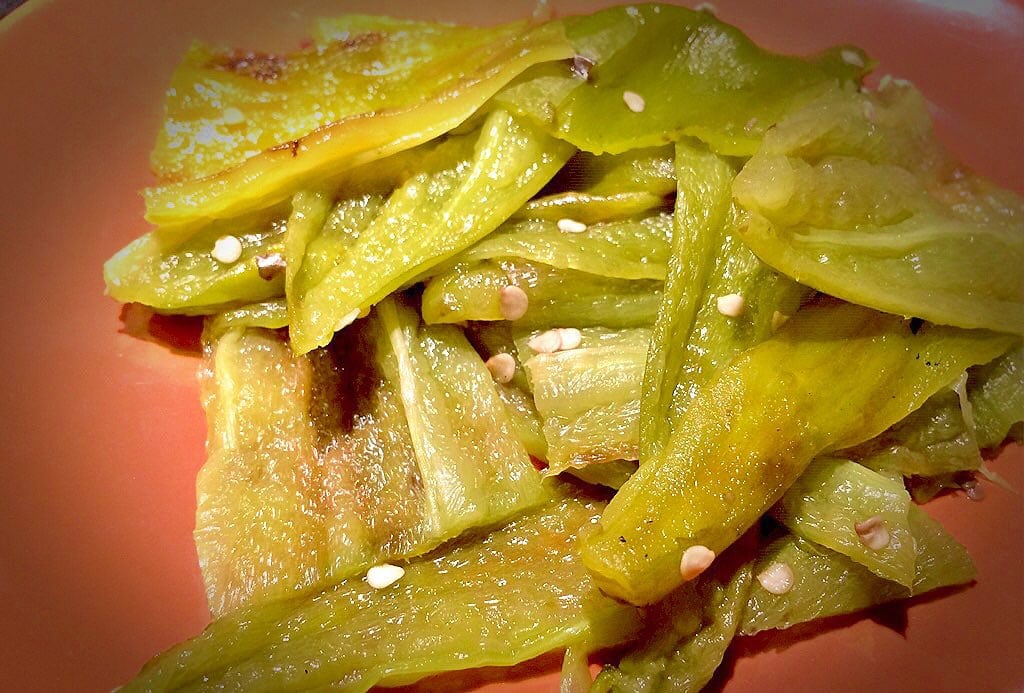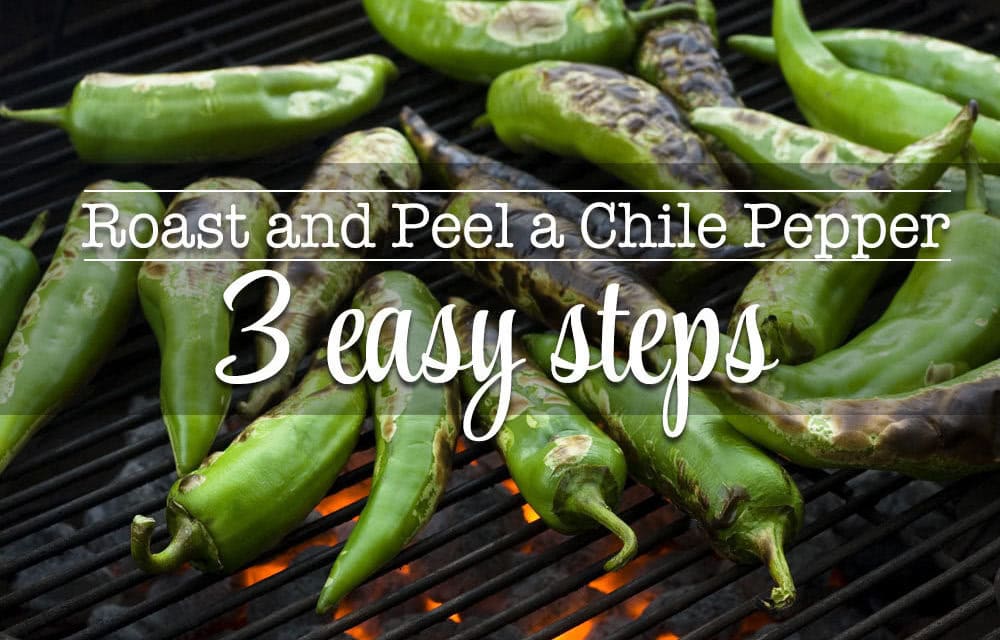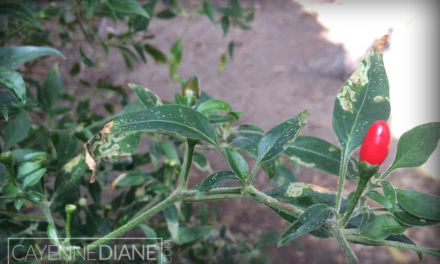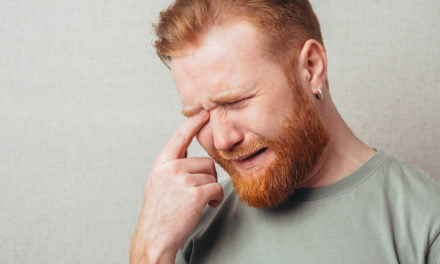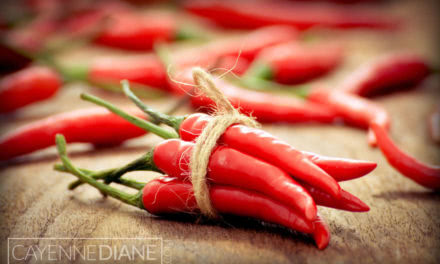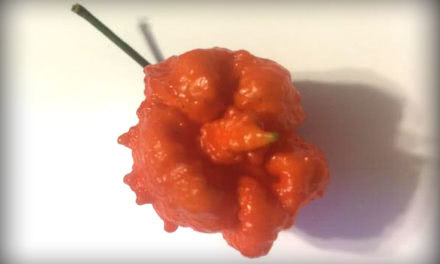Any recipe that calls for chile peppers can be enhanced by using fresh roasted chiles, such as a simple homemade salsa. They are great topped on a burger. I roasted up these Hatch chiles to top off what I call my ‘Hatch Chile Burger’ (a burger with roasted Hatch chiles on top!) 😀
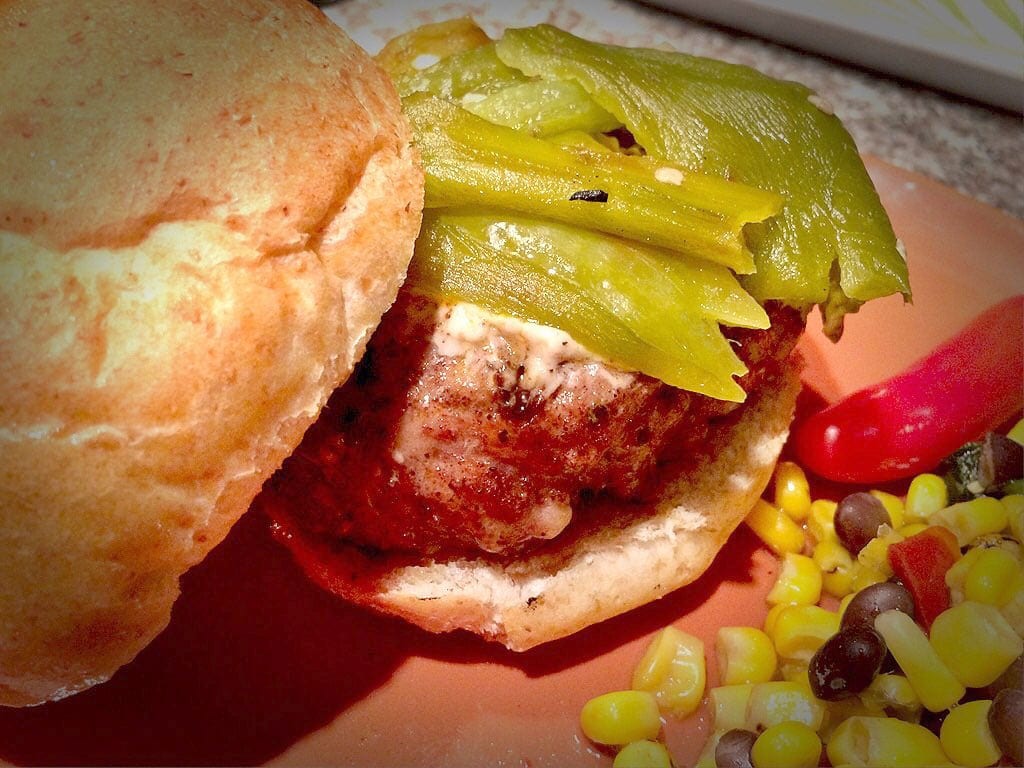
This article will show you how to easily roast and peel fresh chile peppers in three simple steps. The best method for peeling a chile is by first charring or roasting the skin and then peeling it off. This method also brings out a smokiness that deepens the chile pepper’s flavor. This technique can also be used with bell peppers to make fresh roasted red peppers.
A Quick Tip About Handling Hot Chile Peppers
Always be careful when handling hot chile peppers. Capsaicin is the oil that gives chile peppers their heat, and it can cause severe burning if you get it in your eyes. Remember that even if you rinse your hands after handling a hot chile pepper, the capsaicin is oil-based and may still remain on your hands. A more effective way to remove capsaicin is to rub cooking oil on hands to break up the capsaicin, then wash with dishwashing liquid to remove the residue. Or to be even safer, wear plastic or latex gloves to keep the capsaicin off of hands entirely. Too late? Here are some tips on How to Stop the Hot Pepper Burn.
Step 1: Poke and Char
First rinse the chile peppers and poke them a few times with a skewer or fork to allow steam to escape while roasting. There are a few different methods for charring chiles. The easiest method is on the grill. An outdoor barbecue grill provides plenty of space to char many chile peppers at once, and the can easily be monitored and turned with tongs as the skin blackens and blisters.
Also, because the grill is outdoors any chile fumes will dissipate in the air and are less likely to overwhelm the house. If chile is particularly hot, or if a lot of chiles are being charred at one time, the chile smell may build up and cause coughing. It’s helpful to be in a well-ventilated area whenever chile peppers are being charred.
The goal of charring is to blacken and blister the skin without burning the flesh. Burnt chile flesh will be bitter and inedible. When chile skin is properly charred, it should wrinkle up and become almost paper-like as it pulls away from the soft flesh.
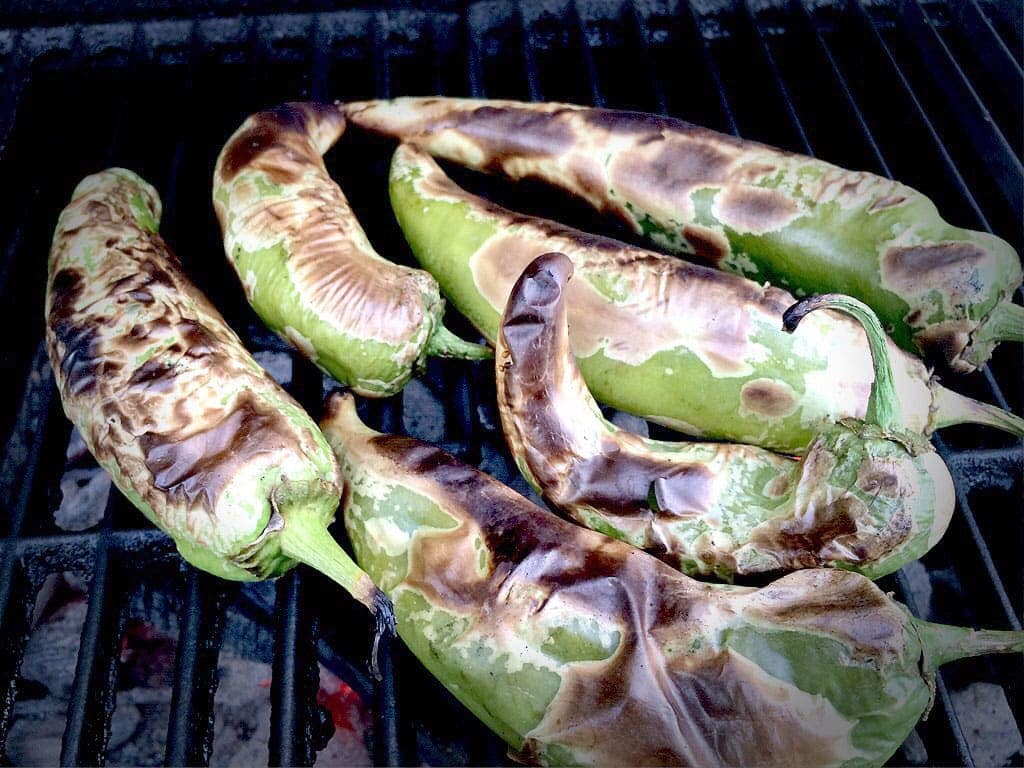
If an outdoor grill isn’t an option, the oven broiler can also be used. Place chile peppers about six inches beneath the broiler on cookie sheets or on the baking rack. Use tongs to turn the chile peppers as they darken. When using the broiler, keep a close eye on the chile as they may go from blistered to burnt very quickly.
A heavy-bottomed skillet set at medium heat or a gas burner could also be used to char the skin, but again they should be watched carefully to avoid burning. These two methods are not as easy as outdoor grilling, but they provide a little more control than trying to turn several chile peppers under a broiler. Any method of charring that allows the skin to blister will be effective, just be sure to monitor them carefully at all times.
Step 2: Grab a Bag
Once the chile is charred, put them in a paper or plastic bag. The built-up steam in the chile will further soften the skin and it will pull away from the flesh. This will help with peeling. Let the chile peppers sit in their steam for ten minutes or so before trying to peel them. If after ten minutes the skins are still being stubborn, let the chile peppers sit in the bag for a few more minutes. It generally won’t take much longer than 15-20 minutes for the skin to be soft enough to scrape right off.
Step 3: Peel
Scrape the skins off the chile peppers with your fingers or a knife. Remember to use caution with hot chile peppers, the capsaicin is still in the skin even though it’s been charred.
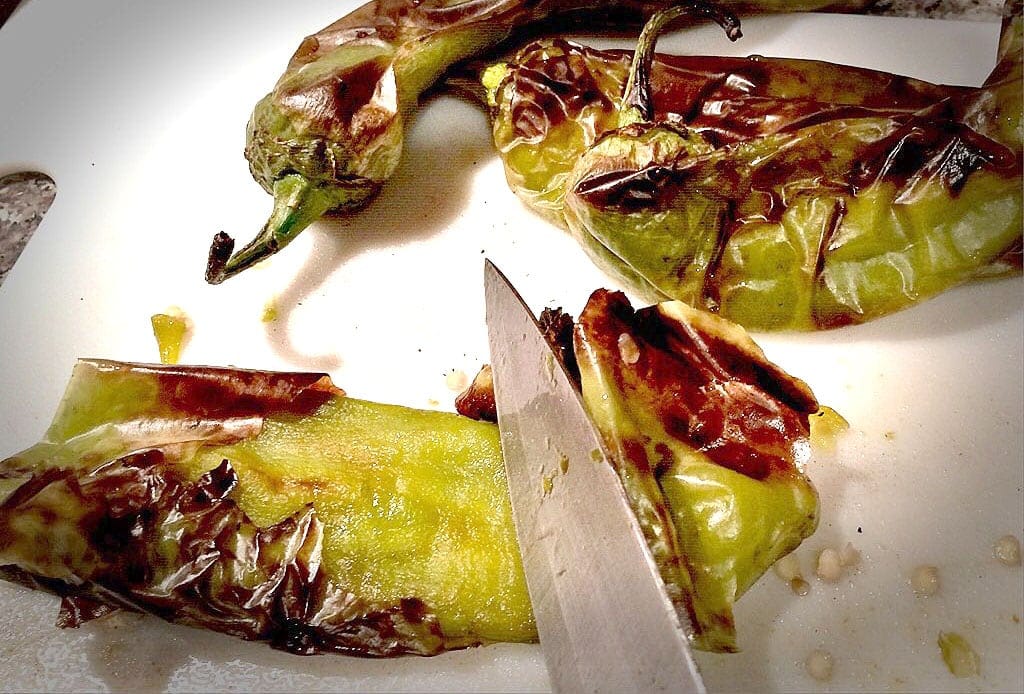
Remove the seeds, stem, and veins if desired as well. Most of the heat is contained in the pith, or placenta (see my Anatomy of a Chile Pepper article here) so removing that part will remove some of the heat if the chile pepper is uncomfortably hot. Chile peppers can also be peeled under running water in the sink. The water will usually wash the skins right off the flesh. Before rinsing, be aware that this can also wash away some of the smoky roasted flavor of the chile pepper. This is all that’s needed to enjoy fresh roasted chile peppers at home. Give it a try and enjoy!
